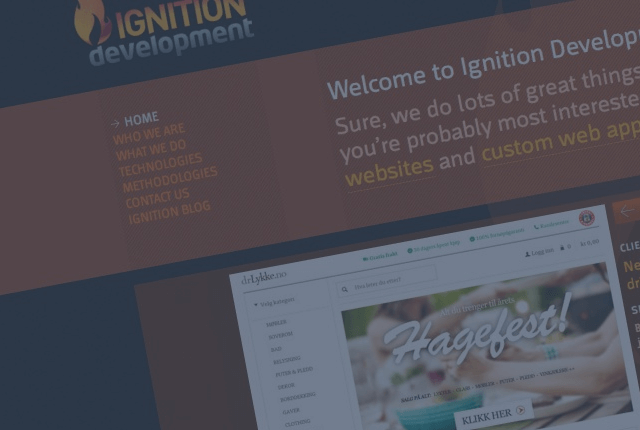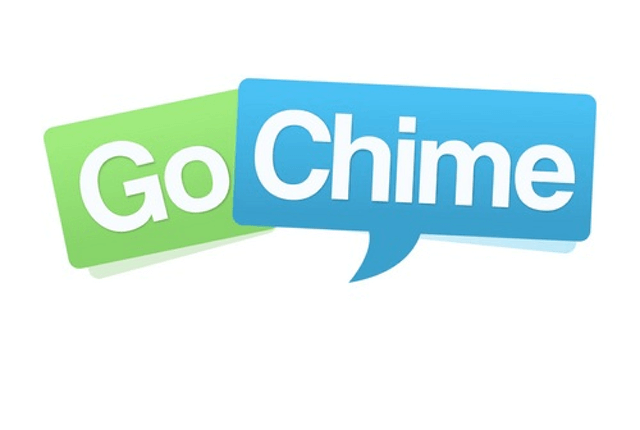The hourglass sales funnel – How to get more sign ups
Posted Jun 13, 2014 | 7 min. (1386 words)The term ‘growth hacker’ has become a bit of a buzz word of late. The amount of tools that are now available to developers and marketers to fine-tune customer on-boarding performance, retention and engagement can often be overwhelming. What do I measure? What conclusions can I take away and how do I implement a change? Just what does all this data mean?
The issue with ‘growth hacking’ is that it spans across multiple roles inside an organisation, it’s very hard to find a single person with the unique skills to cover both sides of the role. Usually it ends up with the developer doing ‘a bit of marketing’ and a marketer trying to do ‘a bit of development’ to get things like analytics and tracking codes installed. Where does development stop and marketing take over and vice versa? Strategy quickly goes out of the window.
This post is part of the Raygun Labs series which covers marketing techniques for web developers and their apps, so sign up to our newsletter if you want to receive updates.
We’ll be exploring specific ‘growth hacking’ techniques in more detail in upcoming posts, but for now I’d like to talk at a very high / introductory level about sales funnels to see if we can draw some basic conclusions about how they work and how you can make sure you have the right strategy in place from the outset.
The big question everyone is trying to answer is of course – “How do I get more people to sign up to my website, app or newsletter?”
Your sales funnel is full of leaks!
I guess if you step back and think about it, funnels are pretty simple, right? Insert droves of people at the top of the funnel and after losing a few on the way you’re left with your final users (conversions). Put more people in at the top and you’ll get more users out of the bottom, simple. Or is it? It really depends how many ‘leaks’ your sales funnel has and just how many you’re going to be losing along the way from first interaction to paying customer. If we can decrease the amount of people that ‘leak’ from our sales funnel, we’ll naturally get more conversions, but reducing this number is as you know what everyone wants to do.
We’re all searching for that secret formula and it’s inevitable that you’ll lose some people along the way. There is no such thing as a perfect sales funnel, so I think you just have to accept that and deal with it. It is called a sales funnel after all, not a sales tube! Think of your sales funnel as a bucket of water, filled to the brim. Your challenge is to retain as much water as possible, but wait a second, your bucket has several leaks. What are you going to do? Logic tells us to quickly put our hand over the biggest leak first, the same principle goes for your sales funnel. The water represents the potential customers in your sales funnel, and they’re escaping fast!
Better start plugging those holes and stopping the leaks!
How to identify the biggest holes in your sales funnel
It’s often a much bigger challenge than we first realise to market the products we’ve built effectively. We tend to judge our products on how clean and clever our code is, how beautiful our form buttons are or how our infrastructure will scale with the millions of users that will flock to our service pretty soon! People fall into common ‘black holes’, spending countless hours developing and refining their brand or developing features that are clever but not particularly useful, rather than addressing the things their customers really care about right at the time they’re inside the sales funnel.
You can be sure that potential customers will jump out of your sales funnel if they don’t see any value in your offering, but it’s pretty unlikely to see someone wave goodbye simply because your logo is poorly designed. Much better to spend time fixing the gaping hole left open by your poor support response times or missing but essential product features rather than cover off the tiny amount of people who don’t convert due to that logo being slightly average. You have to fix the biggest holes first and prioritise them.
Take a step back, what are they? In reality, all your potential customer wants to know once they’ve found out about you is:
- Does this thing work?
- How much is it?
- Do I want to pay for it?
It’s these key areas that need to be addressed as a high priority for any sales funnel to work effectively. For the large majority of companies, the biggest funnel leaks come from these three key questions and each area can be continually improved, tweaked and tested. However, unfortunately no amount of marketing can fix a poor product or one that hasn’t found product market fit.
You can probably think of thousands of ways you’d like to improve your website or app, the ideas that you have spinning inside your brain but haven’t got around to trying yet. Each and every one one of them align with improving your customer experience and getting more people to use your services, but without knowing why people leave or why people don’t convert, you can’t prioritise those ideas into actionable tasks to fix the biggest holes.
The sales funnel is a never ending and thankless beast
The trouble is, there’s always something to improve in order to prevent potential customers escaping your sales funnel. You might track the amount of people you acquire and how successful this process is, but what about tracking the amount of people you’re losing and how unsuccessful you are in this area, focusing more on working out why someone left rather than why someone converted can be just as powerful.
Take a step back and identify where you are losing prospects right now. Do very few sign up after hitting your landing pages? Do they sign up and then not come back again? Are people completing trials but not turning into paying customers? It’s very difficult to A/B test something unless you are very clear on why and what you’re testing as well as what you want the outcome to be.
Love your customers
We work hard to get people to know about Raygun and fill the funnel. We can still do better at our overall conversion (you always can) but we know that once people start using the product they love it. We are also proud of our levels of customer support and are truly grateful to anyone who has become a Raygun.io customer.
It’s easy for people to become hidden behind a software product and for customers to be faced with a wall of faceless unresponsiveness. We’re real people and we respond to our users, treating them in the same way we would like to be treated. This has a positive impact on everything we do. When you give people a good service they tend to talk about it. Don’t they say word of mouth is the best form of marketing? Well this leads in part to a self fulfilling sales funnel, with your army of loyal customers helping you grow and it’s all don’t simply by delivering value and good service.
Here’s what the Raygun sales funnel looks like…
There are many things we have planned to improve the overall user experience with Raygun, but we think we’re doing a pretty good job so far. This post might not have much in the way of revolutionary thinking, but it hopefully makes you think a bit more about where the biggest leaks in your sales funnel are located and how you are going to fix them.
Key Strategies For Building a Successful Hourglass Funnel
- Fill the funnel. Customers won’t arrive on their own, you have to reach them!
- Fix the biggest holes you can identify in your funnel first and prioritize the things customers care most about, not what you regard as important.
- Create value for your customers, they need to love your product and have positive experiences.
- Encourage and create ways for existing users to share their experiences. If you have done the above this will be positive.

